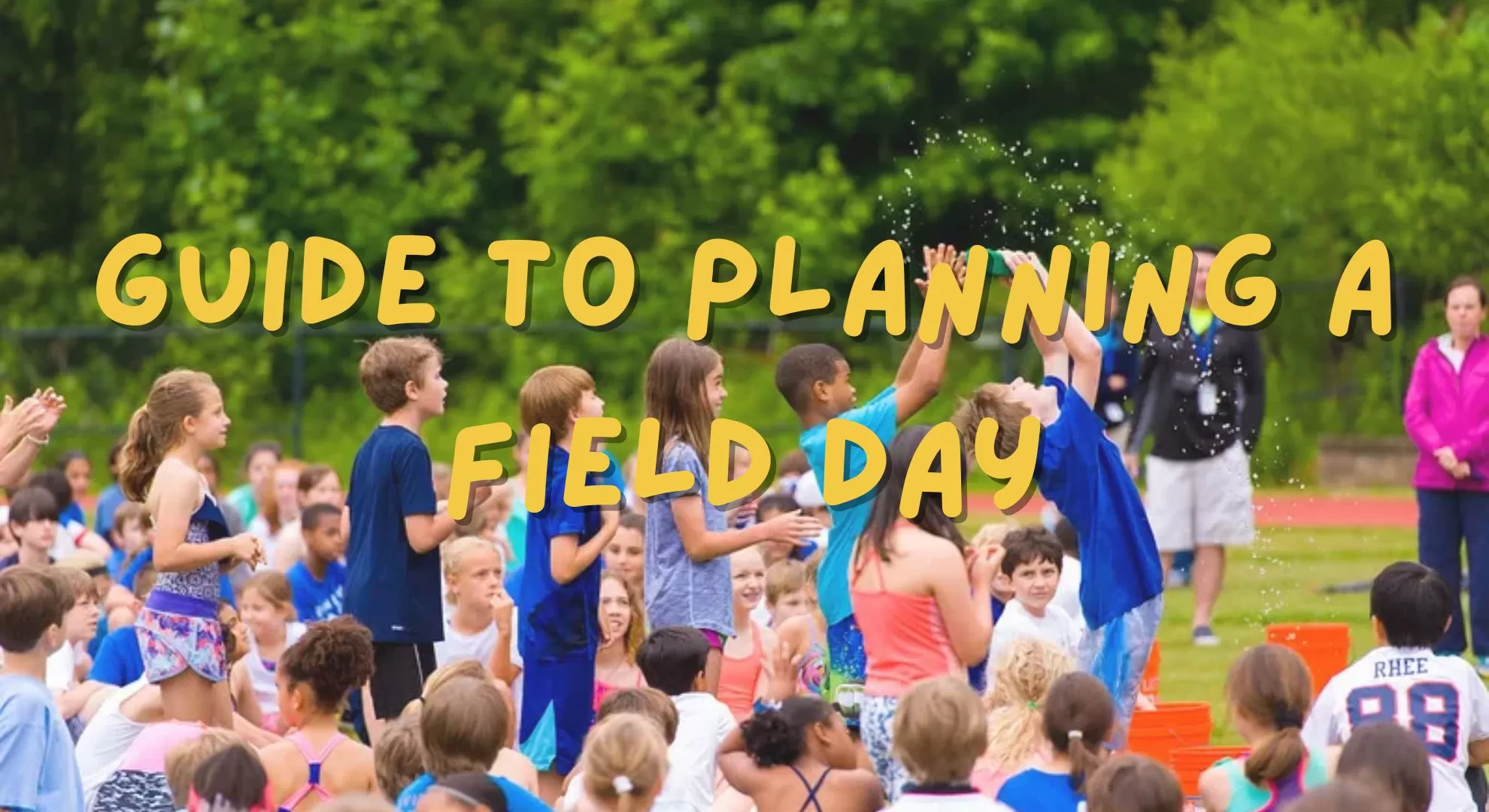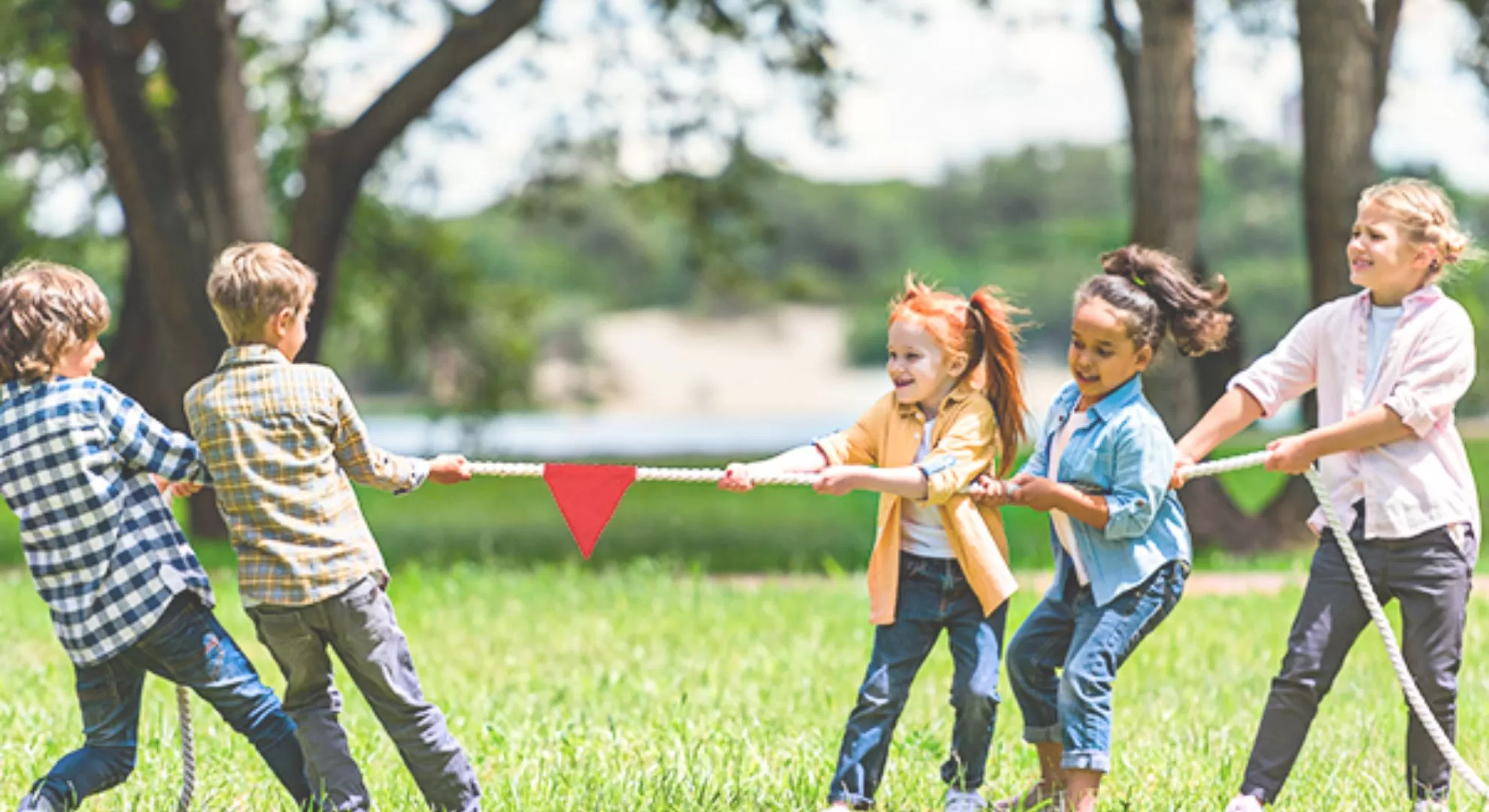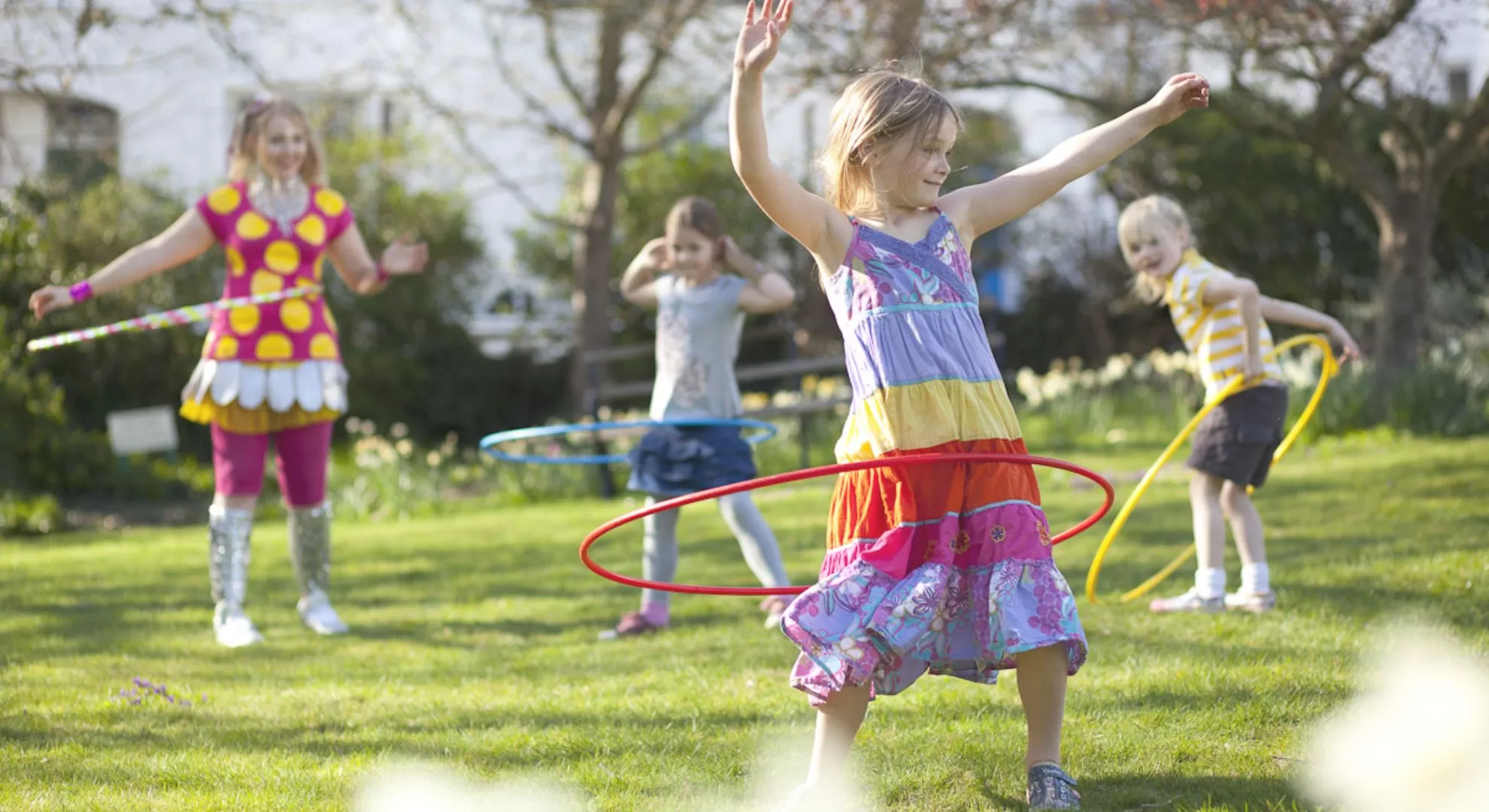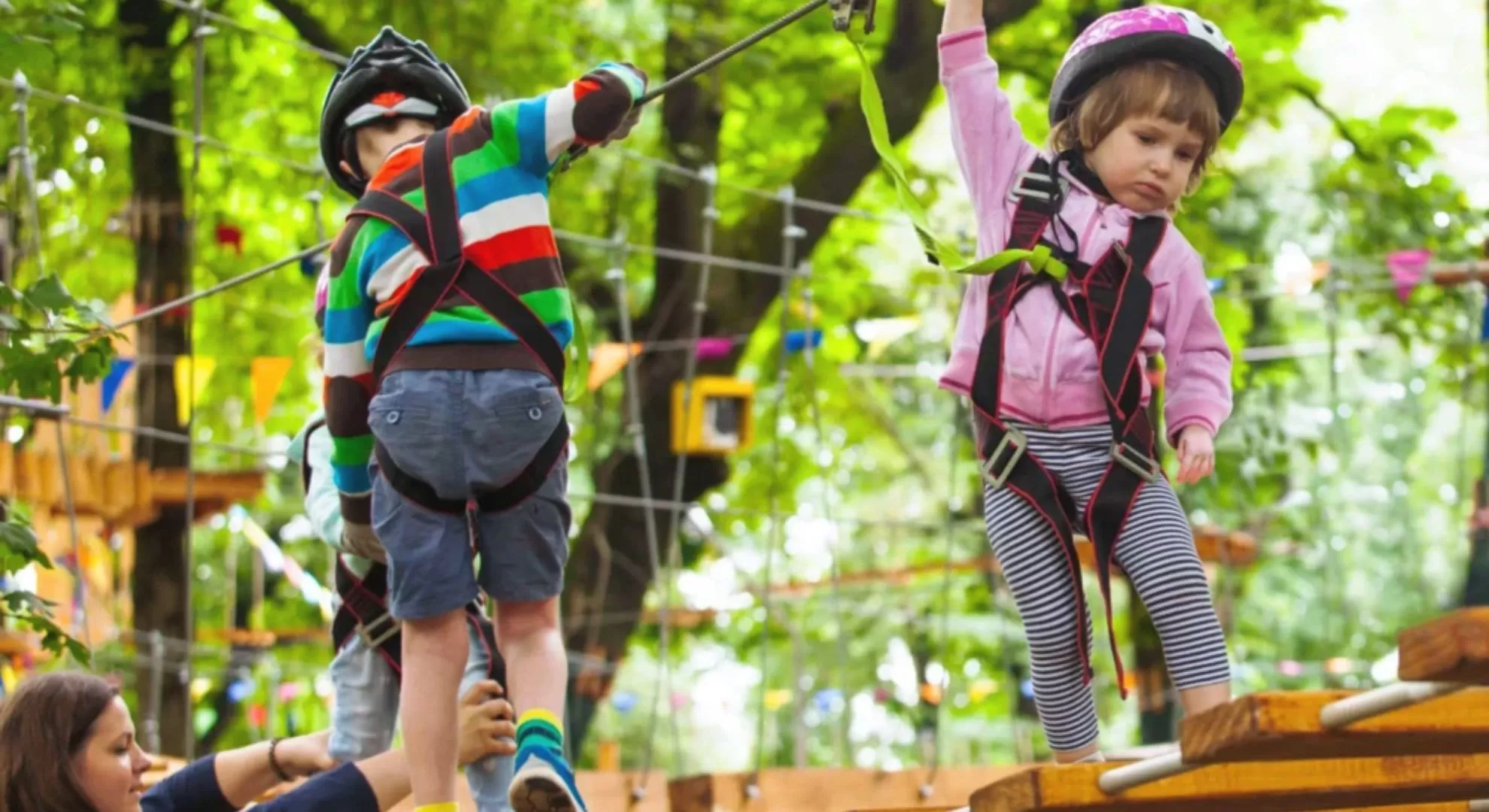A Field Day is more than just a day of games – it’s a celebration of movement, teamwork, and joy. Often held outdoors, these events bring people together through physical challenges, creative activities, and friendly competition. For schools, it’s a chance to meet the CDC’s recommendation of 60 minutes of daily moderate-to-vigorous exercise for kids. For adults, it’s an opportunity to reconnect with childhood fun while boosting morale. Whether you’re planning a school field day or a corporate team-building event, the benefits are universal: improved fitness, stronger social bonds, and memories that last long after the final whistle blows.
Field Days aren’t just about burning energy—they’re a masterclass in skill-building. Physically, they encourage agility and endurance through activities like relay races or obstacle courses. Socially, games like Tug of War or Three-Legged Races teach cooperation and communication. Academically, you can sneak in learning by designing math-based scavenger hunts or science-themed challenges. For example, timing races with stopwatches integrates measurement skills, while map-reading games reinforce geography. It’s proof that play and learning aren’t opposites—they’re partners.
Get Playground Equipment for School

Start by asking: What’s the purpose of this event? Is it to celebrate the school year’s end? Promote intergenerational bonding? Or simply to make physical activity a priority for students? Once goals are clear, pick a theme to tie everything together. A “Summer Olympics” theme could feature mini sporting events, while a “Jungle Adventure” might include obstacle courses and animal-themed relays. Themes simplify planning and make decorations, music, and prizes feel cohesive.
Most Field Days thrive outdoors, where there’s space for games like sack races or parachute activities. Parks, school fields, or backyards work well—just ensure the area is flat, free of debris, and has shaded rest zones. Always check if your community has open park fields available for reservation. For rainy days, pivot to indoor field day ideas: use gymnasiums for modified relays or hallway bowling. Don’t forget to inspect playground equipment to best ensure safety, whether you’re using existing structures or temporary setups.
Here’s where creativity shines. Mix classic games with fresh twists to keep all ages engaged. Below are crowd-pleasers that adapt easily:
Sponge Relay Race
Equipment: Buckets (2 per team), sponges, plastic cups
A refreshing twist on traditional relays, this game involves teams racing to soak sponges in a water-filled bucket, sprinting to squeeze the water into an empty bucket across the field, and repeating until the empty bucket overflows. For younger children, shorten the distance between buckets; for teens or adults, add obstacles like cones to weave around or hurdles to jump. This game not only builds coordination but also teaches strategic thinking—how to maximize water transfer without dropping the sponge!
Human Obstacle Course
Equipment: Cones, hula hoops, jump ropes, beanbags
Transform your field into a ninja-style challenge with stations that test agility and creativity. Participants might crab-walk between cones, hop through hula hoops laid on the ground, balance beanbags on their heads while sidestepping ropes, or army-crawl under a limbo stick. For middle schoolers, incorporate timed challenges to encourage friendly competition. Adults can tackle more complex sequences, like tossing a beanbag into a bucket mid-course.
Tug of War Tournament
Equipment: Heavy-duty rope, bandanas for team markers
A timeless test of strength and teamwork, Tug of War is a Field Day staple. Adjust the rope thickness based on age groups—thinner, lighter ropes for preschoolers (to avoid rope burns) and thicker, textured ropes for high schoolers. For added excitement, host a bracket-style tournament where teams compete for the title of “Tug of War Champions.” Pro tip: Mark the center of the rope with a bright bandana and draw a line in the dirt—the first team to pull the bandana over their side’s line wins!

Three-Legged Race
Equipment: Bandanas, Velcro straps, or soft rope
Pair participants together by tying adjacent legs with a bandana or Velcro strap, then watch as duos strategize their way to the finish line. To integrate academics, turn it into a math challenge: Have teams count their strides aloud or solve a simple equation before advancing. For younger kids, shorten the race distance and let them practice synchronizing their steps beforehand. Adults can up the ante with obstacle-filled courses or relay formats.
Water Balloon Toss
Equipment: Balloons, towels for cleanup
A summer favorite perfect for cooling off! Partners stand facing each other, tossing a water balloon back and forth. After each successful catch, both take a step back. The pair that tosses the farthest without breaking their balloon wins. For indoor adaptations, swap water balloons with beanbags or plush toys. Preschoolers will love the sensory play, while teens can compete in elimination rounds.
Hula Hoop Marathon
Equipment: Hula hoops (varied sizes/weights)
Who can keep their hoop spinning the longest? This activity is fantastic for building core strength and rhythm. Offer lightweight hoops for younger children and weighted ones for adults seeking a challenge. Turn it into a team game by having groups form circles and pass a spinning hoop around without breaking the chain.

Sack Race
Equipment: Burlap sacks, pillowcases (for younger kids)
A hopping classic that never gets old! Participants step into sacks and jump toward the finish line. Use pillowcases for smaller children to prevent tripping, and reinforce seams for teens who might jump more vigorously. Add a creative twist by having racers collect flags or tokens along the way.
Beanbag Accuracy Challenge
Equipment: Beanbags, buckets, hula hoops
Set up targets (buckets, hoops, or chalk-drawn circles) with varying point values. Participants toss beanbags to score points, practicing hand-eye coordination and precision. For elementary students, assign math problems to solve based on their scores (e.g., “Multiply your points by 5”). Adults can compete in knockout rounds where the lowest scorer each round is eliminated.
Parachute Popcorn
Equipment: Parachute, foam balls or beanbags
Teams gather around a large parachute, shaking it to bounce foam balls like popping popcorn. The goal is to keep as many “kernels” airborne as possible. This cooperative game teaches preschoolers teamwork and rhythm, while older kids can strategize to control the parachute’s movements.
DIY Mini Golf
Equipment: Plastic cups, putters, balls, ramps (cardboard or foam boards)
Create a whimsical mini golf course using everyday items. Design holes with ramps, tunnels, and obstacles like cones. Middle schoolers can integrate STEM principles by calculating angles or designing windmill obstacles. Adults might enjoy a “glow-in-the-dark” version using fluorescent materials for evening events.
Pro Tip: Always include “low-pressure” stations for introverted participants. Sidewalk chalk art, ring toss, or a quiet reading corner with field-day-themed books let everyone engage at their comfort level.
Success hinges on teamwork off the field. Teachers can oversee stations, while parent volunteers manage check-ins or first aid. Empower older students as “team captains” to guide younger kids – this builds leadership skills. Use a sign-up sheet to clarify roles and share it via email or apps like SignUpGenius. For inspiration, check out how Miracle Recreation organizes volunteer teams.
A smooth event requires meticulous timing. Here’s a sample framework:
| Timeframe | Tasks |
|---|---|
| 1 Month Before | Book venue, finalize games, order supplies. |
| 2 Weeks Before | Confirm volunteers, send permission slips, test equipment. |
| Day Before | Set up stations, mark boundaries, prepare emergency kits. |
| Event Day | 9 AM: Volunteer briefing; 10 AM: Opening ceremony; 10:30 AM–2 PM: Games. |
Always have a Plan B. For outdoor events, secure tents for shade and monitor weather apps. Indoor field day backups should include modified games (e.g., seated volleyball). Stock first aid kits with ice packs, bandages, and sunscreen. Ensure water stations are plentiful—dehydration is a silent saboteur.
Awards don’t need to be expensive. Ribbons for “Best Team Spirit” or homemade medals keep motivation high. Play upbeat playlists—think “Happy” by Pharrell for kids or throwback hits for adults. Themed decorations (e.g., pirate flags for a “Treasure Hunt” theme) add visual flair.

Hosting an unforgettable Field Day doesn’t require a big budget – just a dash of creativity! Here’s how to maximize fun while minimizing costs:
1. Repurpose Household Items
Turn old T-shirts into team jerseys by tie-dyeing them with inexpensive kits. Use pool noodles as batons, goalposts, or makeshift “light sabers” for obstacle courses. Even empty milk jugs can become bowling pins!
2. Borrow or Rent Equipment
Reach out to local schools or community centers for temporary access to parachutes, cones, or hula hoops. Many organizations loan equipment for free or at low cost to promote community engagement.
3. Partner with Local Businesses
Ask nearby businesses to donate prizes or snacks in exchange for promotional shoutouts. A ice cream shop might provide coupons for “Most Creative Team,” while a bookstore could donate books for trivia winners.
4. Nature-Based Activities
Incorporate free natural elements:
Leaf Relay: Teams race to collect specific leaves (maple, oak) and sort them by shape.
Pinecone Toss: Use fallen pinecones as tossing tools into marked zones.
Nature Scavenger Hunt: Create lists of items to find (smooth rock, yellow flower) around the field.
5. DIY Obstacle Courses
Use chalk to draw hopscotch grids or balance beams on pavement. Stack old tires (sanitized) for climbing stations, or arrange logs for stepping stones. NanPlay’s modular playground sets offer affordable, customizable options for schools aiming to build permanent activity zones.
6. Digital-Free Entertainment
Skip costly tech rentals. A Bluetooth speaker for music and handmade scoreboards (poster boards with markers) keep the focus on active play.
By blending resourcefulness with enthusiasm, you’ll create a Field Day that’s light on costs but rich in joy—proving that the best memories often come from the simplest moments.
1. How long should a Field Day last?
Aim for 3–4 hours, including setup and cleanup. Shorter for preschoolers (1–2 hours).
2. What are low-cost field day activities?
Relay races, DIY obstacle courses, and nature scavenger hunts require minimal supplies.
3. How to involve parents?
Invite them to volunteer, contribute snacks, or share cultural games from their childhood.
4. Can Field Days be educational?
Absolutely! Time races teach math; map-reading games build geography skills.
5. What if it rains?
Shift to indoor field day games like balloon volleyball or hallway hopscotch.
A well-planned Field Day isn’t just an event, it’s a catalyst for joy and growth. By blending physical challenges with creative themes, you create moments that resonate long after the day ends. Ready to start planning? Share your Field Day stories with us and explore NanPlay’s resources for designing play spaces that inspire.
Thank you very much for your inquiry! Your trust is our greatest motivation. We are committed to offering playgrounds that combine high quality with affordable pricing. Let us bring vitality to your venue!